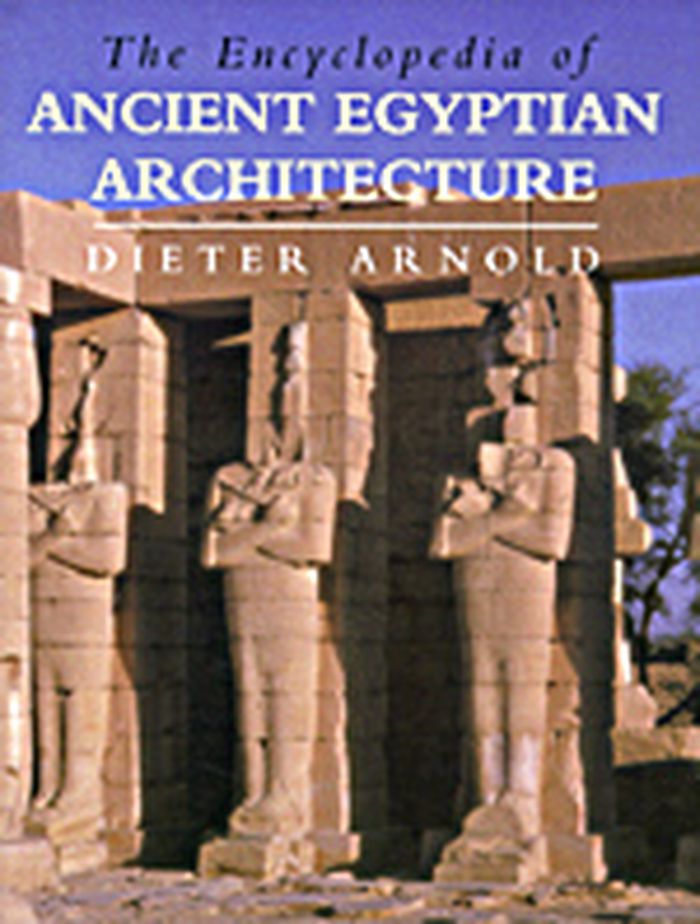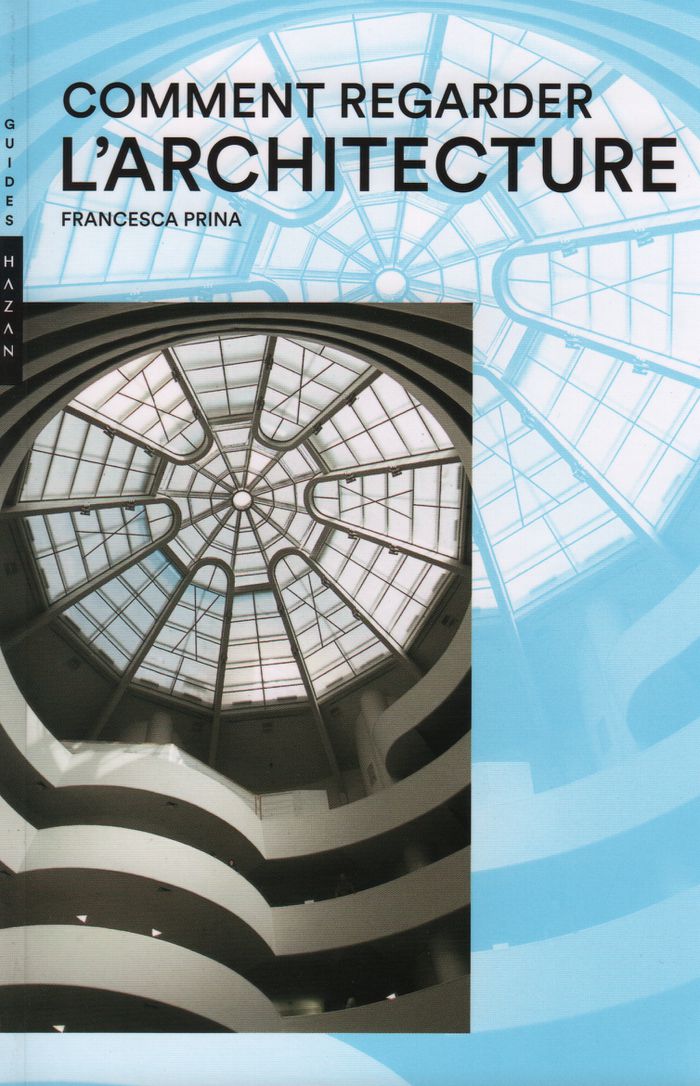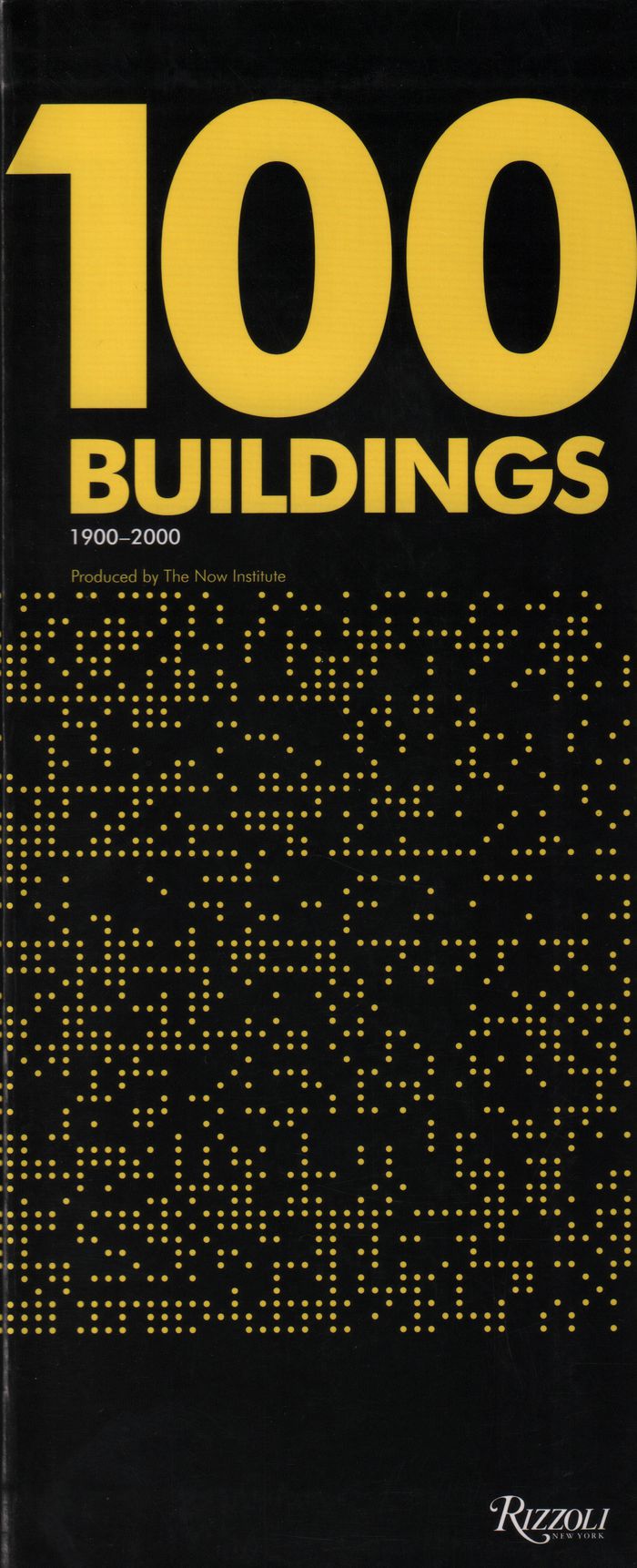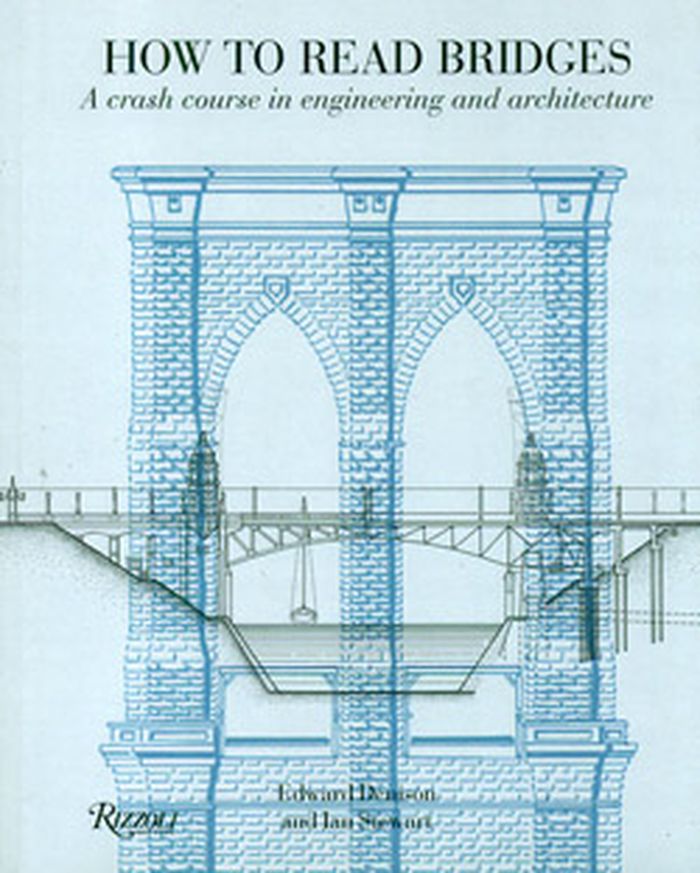$26.95
(available in store)
Summary:
La référence pour découvrir et décrypter les merveilles architecturales de Paris.
December 2023
Comprendre l'architecture de Paris
Actions:
Price:
$26.95
(available in store)
Summary:
La référence pour découvrir et décrypter les merveilles architecturales de Paris.
$16.99
(available to order)
Summary:
In a series of 50 accessible essays, Philip Wilkinson introduces architectural movements and styles throughout history, as well as describing some of the greatest architects' most important and representative works. From the Pyramids of Giza to the Guggenheim, the classical orders of Vitruvius to the most recent contemporary trends today, ''50 Architecture Ideas You(...)
February 2024
50 architecture ideas you really need to know
Actions:
Price:
$16.99
(available to order)
Summary:
In a series of 50 accessible essays, Philip Wilkinson introduces architectural movements and styles throughout history, as well as describing some of the greatest architects' most important and representative works. From the Pyramids of Giza to the Guggenheim, the classical orders of Vitruvius to the most recent contemporary trends today, ''50 Architecture Ideas You Really Need to Know'' is a complete introduction to the most important architectural concepts in history.
$47.95
(available to order)
Summary:
Né d’une démarche originale, ce lexique visuel vous permettra de découvrir, de comprendre et d’apprécier les bâtiments qui nous entourent. Cette nouvelle édition est enrichie des dernières innovations architecturales. Des photographies couleur et des dessins annotés illustrent et détaillent chaque type d’édifice, leurs structures, leurs matériaux et leurs détails(...)
January 2023
Lire l'architecture : lexique visuel 2e éd.
Actions:
Price:
$47.95
(available to order)
Summary:
Né d’une démarche originale, ce lexique visuel vous permettra de découvrir, de comprendre et d’apprécier les bâtiments qui nous entourent. Cette nouvelle édition est enrichie des dernières innovations architecturales. Des photographies couleur et des dessins annotés illustrent et détaillent chaque type d’édifice, leurs structures, leurs matériaux et leurs détails architecturaux. Tous les grands types et styles de bâtiments sont abordés : des cathédrales aux gratte-ciel, de l’Antiquité à l’époque contemporaine. Un glossaire des termes architecturaux essentiels vient compléter l’ouvrage.
$63.95
(available to order)
Summary:
This illustrated volume surveys the ancient world's most remarkable architecture. Dieter Arnold, a leading expert on Egyptian building and design, includes more than 300 illustrations and 600 alphabetically arranged entries spanning every type of building and every aspect of construction and design. He provides separate entries for each of the major Egyptian sites,(...)
March 2003, Princeton
The encyclopedia of ancient Egyptian architecture
Actions:
Price:
$63.95
(available to order)
Summary:
This illustrated volume surveys the ancient world's most remarkable architecture. Dieter Arnold, a leading expert on Egyptian building and design, includes more than 300 illustrations and 600 alphabetically arranged entries spanning every type of building and every aspect of construction and design. He provides separate entries for each of the major Egyptian sites, from Abu Simbel in the south to Cleopatra's palaces in Alexandria. These document ordinary towns and houses as well as monuments as varied as the Step Pyramid of Djoser, the tombs of the Valley of the Kings, Hatshepsut's mortuary temple at Deir el-Bahari, and the great temples that line the Upper Nile. Other entries cover materials,from reed and mud-brick to sandstone and granite, and construction techniques, including pyramid building and the erection of obelisks. The accessible text also addresses the symbolic meanings of various types of building, the importance of building orientation, and myriad architectural features, such as columns and false doors.
$42.95
(available in store)
Summary:
L’architecture peut-être comparée à une langue, composée d’éléments, de matériaux et techniques qui se combinent en « syntaxe-édifice ». Ces composantes – façades, fenêtres, escaliers, chapiteaux… – sont présentées dans ces pages. Elles concernent des bâtiments civils ou militaires, résidentiels ou religieux, édifiés sur une période couvrant quelque 2 000 ans. Leur(...)
April 2018
Comment regarder l'architecture
Actions:
Price:
$42.95
(available in store)
Summary:
L’architecture peut-être comparée à une langue, composée d’éléments, de matériaux et techniques qui se combinent en « syntaxe-édifice ». Ces composantes – façades, fenêtres, escaliers, chapiteaux… – sont présentées dans ces pages. Elles concernent des bâtiments civils ou militaires, résidentiels ou religieux, édifiés sur une période couvrant quelque 2 000 ans. Leur analyse aidera le lecteur à mieux appréhender les significations symboliques de l’architecture. Les entrées de ce guide, classées par thèmes (sans nécessairement suivre l’ordre chronologique), permettent de reconstituer les fondements du langage architectural. Elles sont accompagnées d’exemples commentés, le plus souvent empruntés à l’Occident. En fin d’ouvrage, on trouvera des édifices tenus pour des archétypes de l’histoire de l’architecture depuis la Grèce antique jusqu’à des exemples du Proche-Orient ou du Japon.
$130.00
(available to order)
Summary:
Dans cet ouvrage, les auteurs dévoilent la genèse du goût pour l’architecture japonaise en Occident. Celui-ci, né bien avant ce que les critiques d’art du xixe siècle ont appelé japonisme, se perçoit dans une multitude d’objets-supports : paravents, porcelaines, laques, gravures, photographies, décors d’intérieur ou pavillons de jardin…
September 2018
Le japonisme architectural en France 1550-1930
Actions:
Price:
$130.00
(available to order)
Summary:
Dans cet ouvrage, les auteurs dévoilent la genèse du goût pour l’architecture japonaise en Occident. Celui-ci, né bien avant ce que les critiques d’art du xixe siècle ont appelé japonisme, se perçoit dans une multitude d’objets-supports : paravents, porcelaines, laques, gravures, photographies, décors d’intérieur ou pavillons de jardin…
$34.00
(available to order)
Summary:
For this volume, over forty internationally renowned architects and educators—from Peter Eisenman and the late Zaha Hadid to Rafael Moneo and Cesar Pelli—were asked to list the top 100 twentieth-century architectural projects they would teach to students. The contributors were encouraged to select built projects where formal, spatial, technological, and organizational(...)
October 2017
100 buildings every student should know
Actions:
Price:
$34.00
(available to order)
Summary:
For this volume, over forty internationally renowned architects and educators—from Peter Eisenman and the late Zaha Hadid to Rafael Moneo and Cesar Pelli—were asked to list the top 100 twentieth-century architectural projects they would teach to students. The contributors were encouraged to select built projects where formal, spatial, technological, and organizational concepts responded to dynamic historical, cultural, social, and political circumstances. The capacity of these buildings to resist, adapt, and invent new typologies solidifies their timeless relevance to future challenges.
books
How to read buildings
$25.95
(available in store)
Summary:
This practical primer is a handbook for decoding a building’s style, history, and evolution. Every building contains clues embedded in its design that identify not only its architectural style but also the story of who designed it, who it was built for, and why. Organized by architectural element (roofs, doors, windows, columns, domes, towers, arches, etc.), the book is(...)
How to read buildings
Actions:
Price:
$25.95
(available in store)
Summary:
This practical primer is a handbook for decoding a building’s style, history, and evolution. Every building contains clues embedded in its design that identify not only its architectural style but also the story of who designed it, who it was built for, and why. Organized by architectural element (roofs, doors, windows, columns, domes, towers, arches, etc.), the book is roughly chronological within each section, examining the elements across history, through different architectural styles, and by geographical distribution.
books
March 2008
books
$32.99
(available in store)
Summary:
This book takes architectural history out of the realm of dreary textbooks into a world of dynamic design, succinct page-length essays and instructive sidebars. These graphic devices heighten the reader's ability to retain an impressive amount of information, even through a cursory reading. A brief run-through of the book's captions and sidebars provides a mini crash(...)
December 2001
The annotated arc, a crash course in the history of architecture
Actions:
Price:
$32.99
(available in store)
Summary:
This book takes architectural history out of the realm of dreary textbooks into a world of dynamic design, succinct page-length essays and instructive sidebars. These graphic devices heighten the reader's ability to retain an impressive amount of information, even through a cursory reading. A brief run-through of the book's captions and sidebars provides a mini crash course in the history of architecture. Incorporating more than 250 illustrations, The Annotated Arch draws on the very elements of architecture to craft a visual and textual approach to the subject that no ordinary textbook could match. From Stonehenge to the Eiffel Tower, from Flippo Brunelleschi to Frank Lloyd Wright, the language of architecture is clarified in five sections.
books
December 2001
How to read bridges
$25.95
(available to order)
Summary:
This book is a visual guide to understanding and identifying architectural styles and engineering techniques of all types of bridges, from ancient Roman arch bridges and nineteenth-century truss bridges prevalent in the United States, to the latest high-design cantilever and suspension bridges of the moment. It explores the elegant and varied ways in which engineers and(...)
February 2012
How to read bridges
Actions:
Price:
$25.95
(available to order)
Summary:
This book is a visual guide to understanding and identifying architectural styles and engineering techniques of all types of bridges, from ancient Roman arch bridges and nineteenth-century truss bridges prevalent in the United States, to the latest high-design cantilever and suspension bridges of the moment. It explores the elegant and varied ways in which engineers and architects have designed ever longer yet less heavy bridges, devising new methods of construction along the way.







